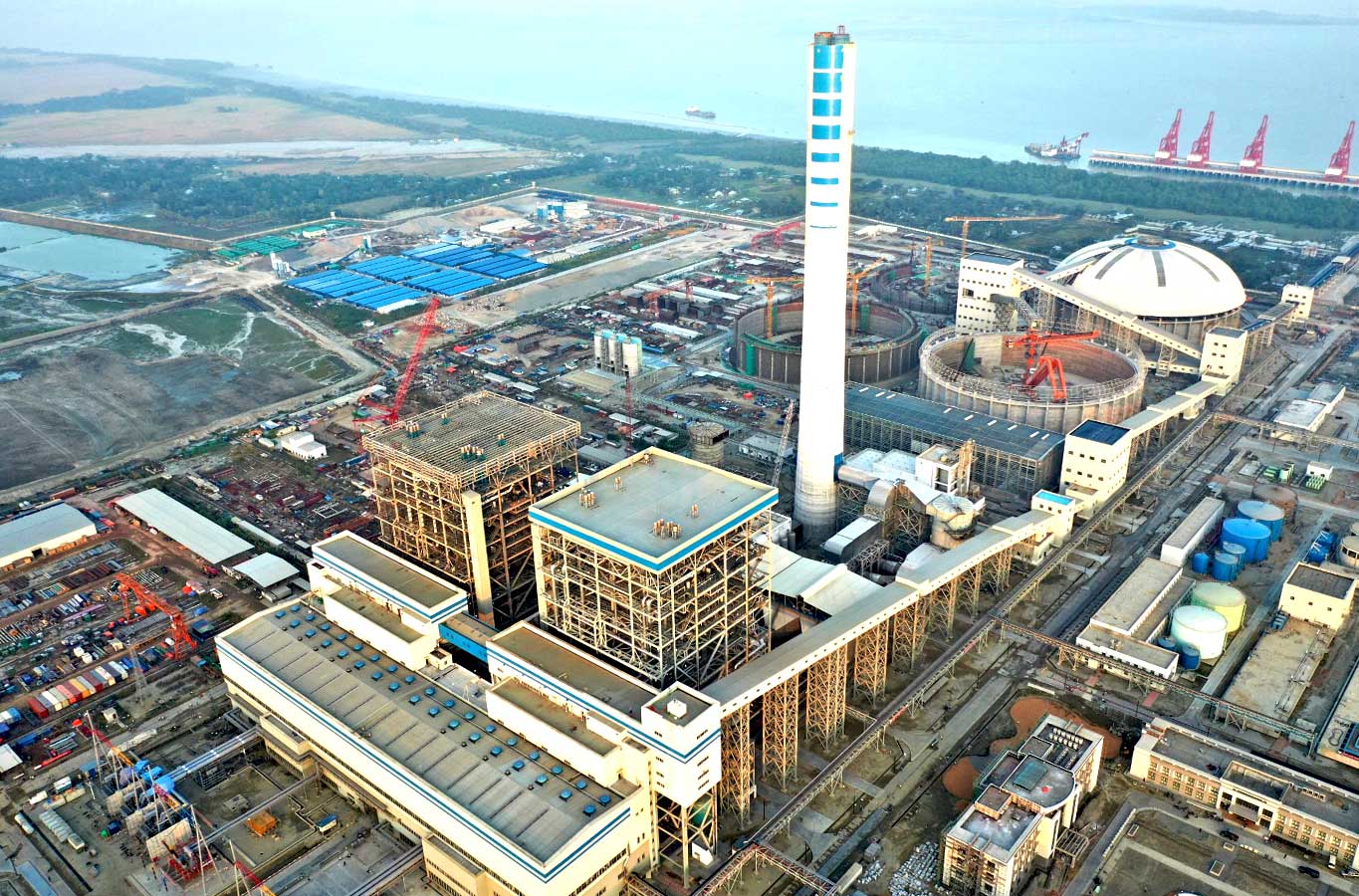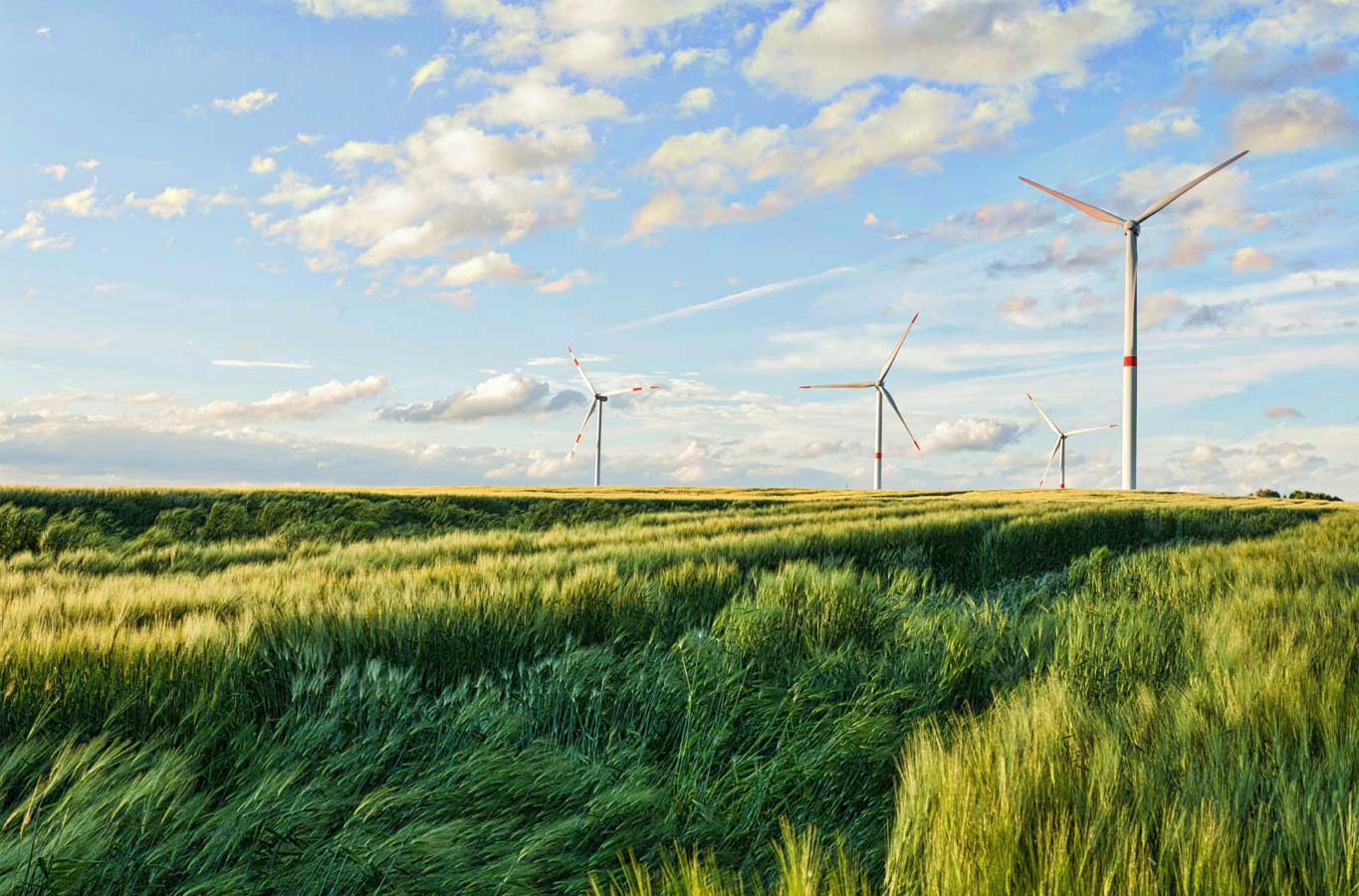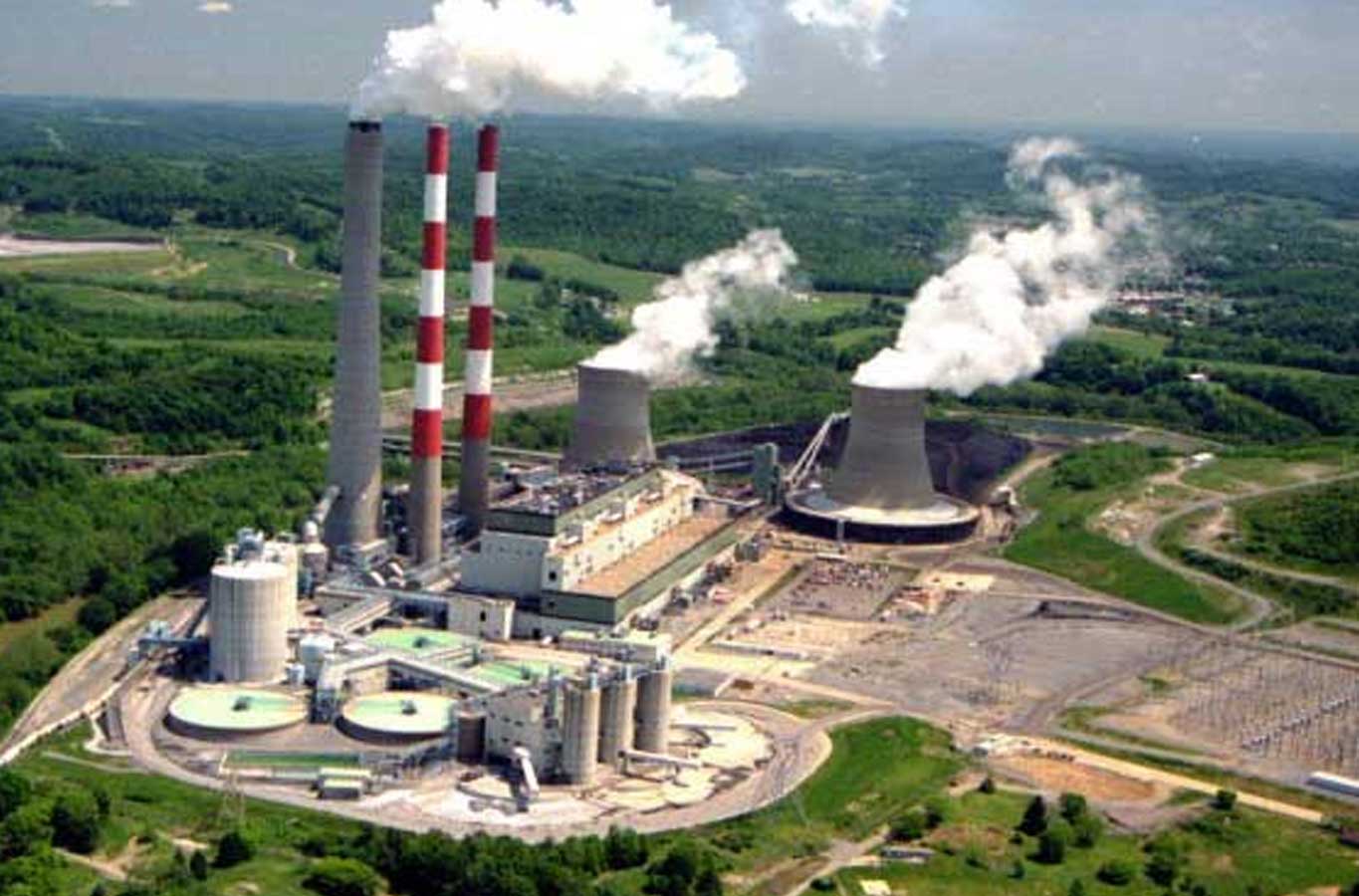
Project Details
For jetty construction purpose, we were employed by the contractor, China Road and Bridge Construction, to heavy lifting of steel pipes. Considering the safety requirement of the project, we supplied the latest XCMG branded XGC75, a 75 ton crawler crane with maximum boom length of 58 meters. We were engaged in the project for 8 months and committed around 2,000 man-hours for the construction of the coal jetty of this mega power plant project.
Project Info
Category
Power Plant
Started
1 Jan, 2020
Client
BCPCL
Payra 1320 MW Ultra Super Critical Coal-Fired Power Plant
Rajpasha, a proud contributor to Payra Thermal Power Plant Project
Project Details
The Payra 1320 MW thermal power plant project is a coal-fired, combined-cycle gas turbine (CCGT) power plant located in the port city of Payra on south coast of Bangladesh. The first phase of construction involves an investment of US$ 2.48 billion and will take around six years to complete.
The first phase of construction of the Payra 1320 MW thermal power plant project involves an investment of US$ 2.48 billion and took around six years to complete.
The project is being built by the China National Machinery and Equipment Import and Export Corporation (CMEC), a subsidiary of China Power International Holding Ltd., which had awarded contract of EPC work to a consortium of NEPC and CCECC.
The construction period of a 1320 MW thermal power plant is approximately four-and-a-half years to five years, with the jetty taking between 18 months and two years. The power plant currently can handle 25,000 tonne ships for the coal delivery for the power plant and extension plans to handle ships with capacity of up to 100,000 tones. China Road and Bridge Corporation, a subsidiary of China Communications Construction Company, was awarded to build the jetty.
The jetty construction contract requires the contractor to design and build four breakwaters and a 500 m long wharf, which will be used for both project cargo delivery and crew management services. Breakwaters are built to protect a port from waves and tides; they are typically constructed from rocks or concrete blocks driven into sand or mud at low tide.




